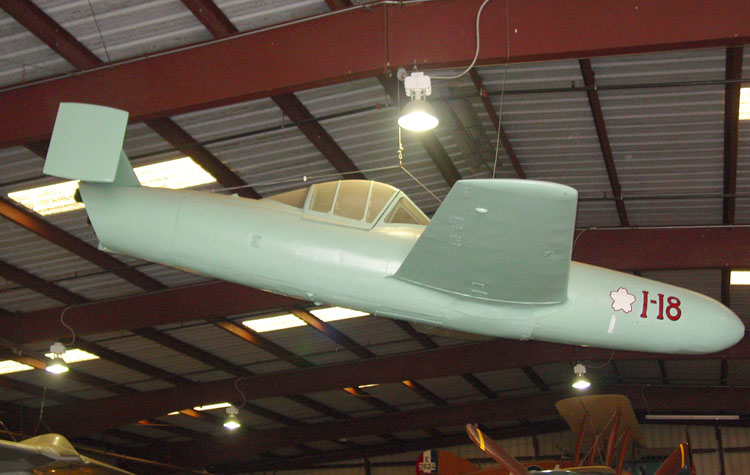6-8-14
By the time the invasion of Okinawa rolled around (March 1945), the Japanese were clearly losing the War and had all but lost their once-formidable Navy. All their defensive strategies, from Operation A-Go to holding their defensive ring of islands and atolls across the Central Pacific had long-since failed to stop Fast Carrier Task Force 58 and various amphibious landings from closing in on the Home Islands of Japan.
By the end of the Second Battle of the Philippine Sea (late October 1944), Japanese military leaders were encouraging pilots to crash their planes into American ships – the birth of Kamikaze. By Okinawa, the concept developed into a full-blown defensive strategy. Instead of random one-off kamikaze attacks, massive flotillas of kamikaze planes attacked the US ships in waves, sometimes several hundred at a time. The Japanese term for these attacks translates to Floating Chrysanthemums. How nice.
{The Boston was called back to San Pedro (CA) for repairs and advanced radar retrofits in preparation for the Ultimate Amphibious Landings – the Invasion of Japan. She “missed” the Okinawa Campaign.}
Below is my “last shot” from the Planes of Fame Museum in Chino, CA. It is a Japanese Ohka (Cherry Blossom) – a modified German V2 rocket with a 2500 pound warhead that the Japanese converted into a “piloted rocket bomb.” During Okinawa, fortunately for us, they were only able to deploy three of these monstrosities – all aimed at the Destroyer Radar Picket Lines. One dropped in (at speeds of over 500 miles per hour – so fast they could not even aim any of their guns) on Mannert L. Abele (DD-733). The destroyer was split into two pieces and sunk in less than 25 seconds.

